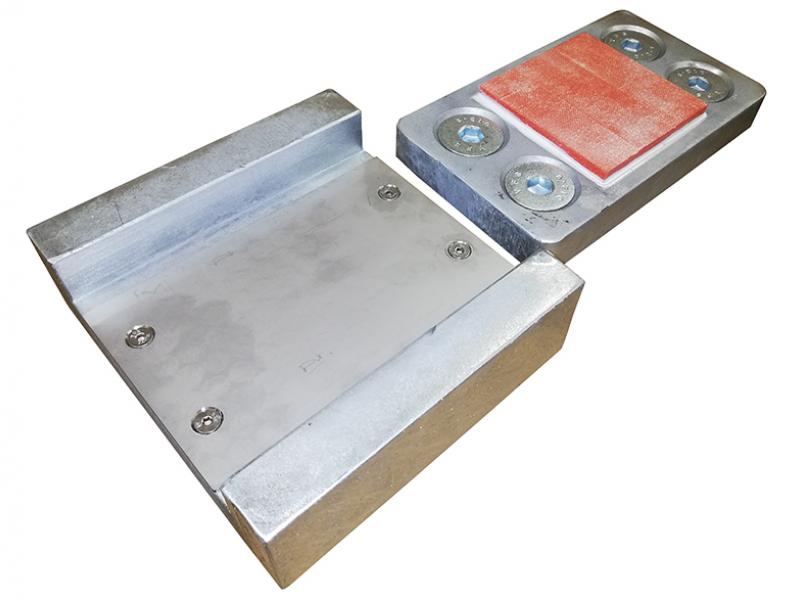A 'less is more' approach has helped engineers in the UK make 3D printed parts lighter and stronger, using methods that will also make 3D printing faster and more economical.
The technique uses a cutting edge process known as high speed sintering (HSS). Unlike commercial 3D printers that use lasers, HSS marks the shape of the part onto powdered plastic using heat-sensitive ink, which is then activated by an infra-red lamp to melt the powder layer by layer and so build up the 3D part.
Researchers from the University of Sheffield have discovered they can control the density and strength of the final product by printing the ink at different shades of grey and that the best results are achieved by using less ink than is standard.
“All HSS work to date has involved printing 100 per cent black, but this doesn’t get the best results,” says professor of manufacturing engineering Neil Hopkinson, from the University of Sheffield.
“We found that there is a point at which, as the ink levels increase, the mechanical properties start to reduce. This enabled us to identify the ‘sweet spot’ at which you can gain maximum strength with the minimum amount of ink.”
The researchers are able to manipulate the density of the material by up to 40 per cent, opening the door to the possibility of 3D printing parts with differing densities at different points. This would enable parts to have greatly reduced weight but equivalent mechanical strength – for example by having a dense outer shell and a lighter inner structure.
“Three-D printing has focused on optimising the shape of a part in order to reduce its weight and still retain its mechanical properties,” says Hopkinson, who announced the findings at the Solid Freeform Fabrication Symposium in Austin, Texas in August.
“Printing in greyscale will enable us to optimise the material instead, in a process that would be feasible for commercial manufacture. And by making parts with different densities out of one material, we can also make recycling more straightforward.”
The ability to maximise strength while reducing weight means the technique would have applications in the aerospace and automotive industries. But there are other sectors where it could bring benefits – one application envisaged by Hopkinson is in sports footwear, where soles are currently made from dual density foams and could be printed in one material using the new technique.
Although still in development, HSS already holds great promise for industrial use as the process can be scaled to work at comparable speeds to conventional high volume processes, such as injection moulding.
The new findings will further reduce the costs of manufacturing using HSS, by reducing the volume of ink energy required to make a product.





